What is ProRes? Which iPhone models does ProRes support?
During the iPhone 13 launch event, Apple announced that ProRes video recording will be available to the iPhone 13 Pro duo later this year through an iOS 15 update. But what exactly is ProRes and why is it? Is it a worthwhile feature for filmmakers?
What is ProRes?
In fact, Apple introduced ProRes back in 2007 as a feature of its video editing software Final Cut Pro 6. At the time, ProRes was advertised as providing stunning HD quality video but the file size was only SD. .
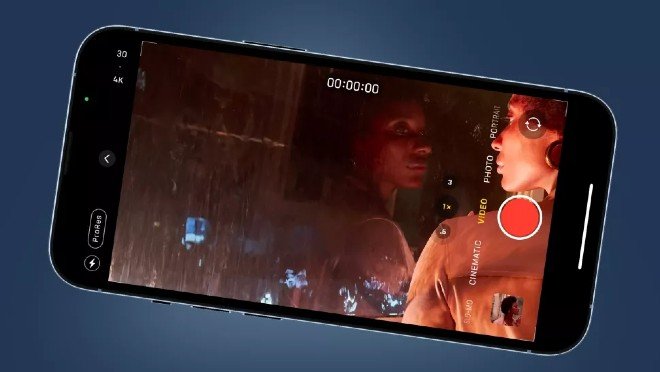
Based on that, we know one of the main features of ProRes. It can be said briefly that ProRes is a compression format, it was born to compress video files but not reduce the quality of the video.
ProRes includes 6 quality standards from the space-saving "ProRes 422 Proxy" to the ultra-high quality "ProRes 4444 XQ". It's still unclear which of these standards will be included in the iPhone 13 Pro, but Apple says you can record videos in 4K/30fps (except for the 128GB version which will be limited to 1080, 30fps).
Filmmakers choose which of the 6 standards of ProRes depends on their needs, whether to prioritize quality or prioritize file size. Some devices are limited, only supporting certain ProRes standards.
Below is a table of information of 6 ProRes standards and their storage capacity compared to an uncompressed file. This dashboard is taken from Apple's ProRes document published in 2020 based on recording a 1080p video at 30fps.
What's the difference between ProRes 4:2:2 and 4:4:4? They differ in color coding. ProRes 422. 4:2:2 simplifies color information but remains 10-bit, providing enough fidelity to avoid obvious gamut in most cases. And as you can see even the highest quality ProRes files are still much smaller in size than uncompressed files.
| Subsampling | Format | Bit-rate |
| 4:2:2 | Video 4:2:2 uncompressed | 1.326Mbps |
| 4:2:2 | Apple ProRes 422 HQ | 220Mbps |
| 4:2:2 | Apple ProRes 422 | 147Mbps |
| 4:2:2 | Apple ProRes 422 LT | 102Mbps |
| 4:2:2 | Apple ProRes 422 Proxy | 45Mbps |
| 4:4:4 | Video 4:4:4 uncompressed | 2.237Mbps |
| 4:4:4 | Apple ProRes 4444 XQ | 500Mbps |
| 4:4:4 | Apple ProRes 4444 | 330Mbps |
Why not use ProRes in all circumstances? In fact, videos encoded in H.264 or H.265 format are still much smaller in size because they are designed to provide good quality images at low bit-rates.
However, this type of encoding makes H.264 or H.265 videos very difficult to edit and requires more CPU resources. An old laptop can't even play 4K H.265 videos smoothly.
You can use ProRes in the editing/production part of the process before converting to a format that people can play on smartphones or TVs. Most likely the final format is H.264 or H.265. It should be further noted that YouTube now has good support for ProRes 422 format videos.
Content creators can upload ProRes videos directly to YouTube. However, after going through YouTube's compression process, your video will be converted to H.264 format.
Who is Apple ProRes for?
Anyone who regularly edits videos with professional software like Final Cut Pro, Premiere Pro or DaVinci Reslove should consider using ProRes.
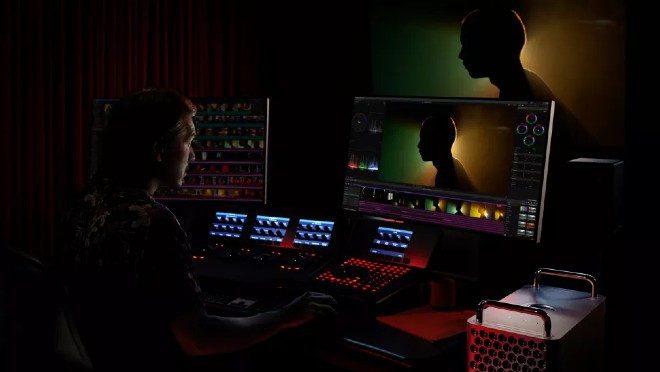
ProRes can create high-quality videos while saving on storage space. Next, your computer will handle ProRes files better than other formats.
10-bit color fidelity makes your edits smoother, gradations don't appear obvious.
ProRes is available on which iPhone models? When will ProRes be released?
ProRes will only appear on iPhone 13 Pro and iPhone 13 Pro Max models. Apple said the launch time is later this year but has not revealed a specific date.
What does it mean for Apple to bring ProRes to iPhone 13 Pro and Pro Max?
The fact that ProRes was brought to the iPhone 13 Pro was a breakthrough for Apple. This move will help ProRes become even more popular.
In fact, ProRes is nothing new to those in the video industry. However, for those who are new to video creation, new to video production, ProRes is too strange. Therefore, allowing iPhone 13 Pro to directly support ProRes will be of great help to new users.
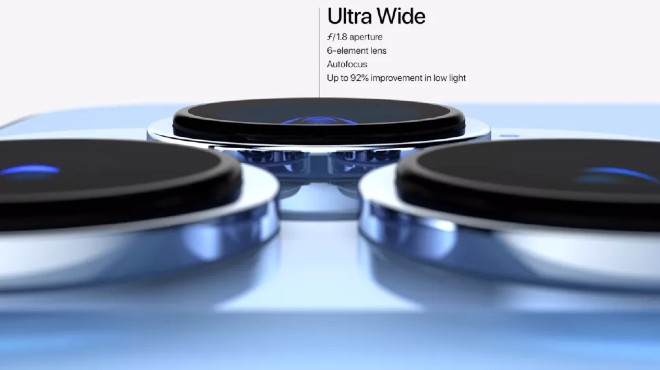
Previously, users were able to transcode MOV (H.264) and HEVC (H.265) videos to ProRes. But with iPhone 13 Pro, this format conversion process will be eliminated. This makes it easier for users to use and also helps preserve image quality by eliminating a single step of format conversion.
ProRes support also shows that Apple is confident in the video recording capabilities of the iPhone 13 Pro duo.
Apple also has another format, ProRes RAW, but most likely it won't make it to the iPhone.
You should read it
- How to shoot Mobile Union videos on Android, iPhone
- Instructions for filming the screen with CyberLink Youcam
- How to record webcam videos on VLC Media Player
- These quality Windows screen recording software
- The best video recording apps for Ubuntu
- How to create slow-motion video with Super Slow Motion on Galaxy S9
- 8 tweaks to help you improve video recording quality
- Tips to increase sound quality when recording videos with smartphones
May be interested
- What is Cinematic mode, what's special about Cinematic mode on iPhone 13?
 cinematic is one of the most valuable upgrades of the iphone 13 compared to the iphone 12.
cinematic is one of the most valuable upgrades of the iphone 13 compared to the iphone 12. - What to prepare to get ready to update to iOS 15? Should I upgrade to iOS 15?
 it is expected that ios 15 will be officially released tonight. in this article, tipsmake.com will guide you through what to prepare for the ios 15 update.
it is expected that ios 15 will be officially released tonight. in this article, tipsmake.com will guide you through what to prepare for the ios 15 update. - What has improved the camera on iPhone 13?
 improvements to the camera on iphone 13. let's analyze how apple has equipped and optimized the camera cluster of iphone 13..
improvements to the camera on iphone 13. let's analyze how apple has equipped and optimized the camera cluster of iphone 13.. - How to turn off the 'Shared With You' feature on iPhone and iPad
 starting with ios 15 and ipados 15, apple is taking steps to integrate imessage with other apps like photos, music, tv, and safari.
starting with ios 15 and ipados 15, apple is taking steps to integrate imessage with other apps like photos, music, tv, and safari. - Compare iPhone 13 and iPhone 12
 iphone 13 has officially launched. in addition to the new a15 bionic processor, the iphone 13 is also equipped with a large sensor for better low-light photography, a large battery and, with the iphone 13 pro model, a fast-refresh screen that can be adjusted based on activity.
iphone 13 has officially launched. in addition to the new a15 bionic processor, the iphone 13 is also equipped with a large sensor for better low-light photography, a large battery and, with the iphone 13 pro model, a fast-refresh screen that can be adjusted based on activity. - Compare iPhone 13 Pro and iPhone 12 Pro
 apple has finally unveiled its latest flagship smartphone, the iphone 13 pro. most buyers will immediately wonder how the iphone 13 pro and iphone 12 pro differ.
apple has finally unveiled its latest flagship smartphone, the iphone 13 pro. most buyers will immediately wonder how the iphone 13 pro and iphone 12 pro differ.




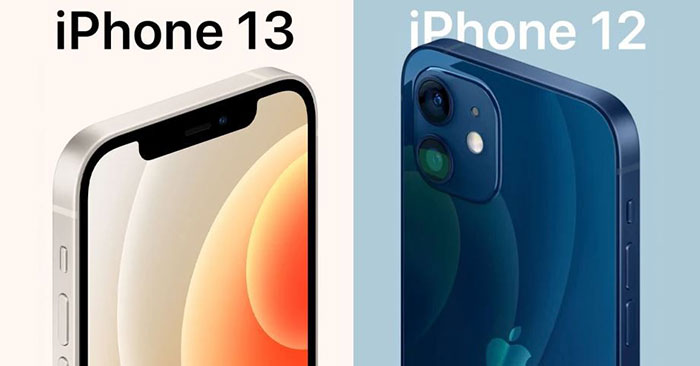
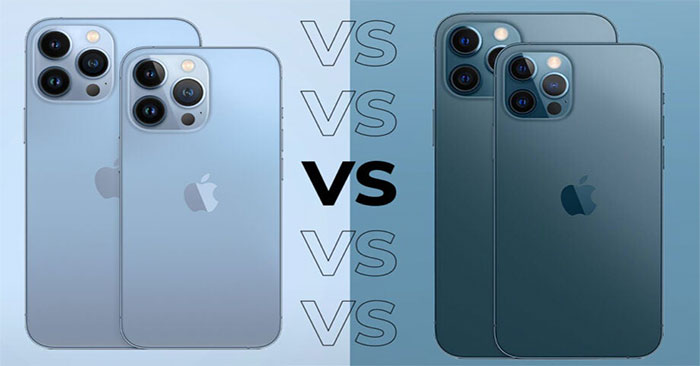
 How to enable ProRes video mode on iPhone
How to enable ProRes video mode on iPhone Should iPhone 7, 7+ update iOS 14?
Should iPhone 7, 7+ update iOS 14? Features on iOS 16 that do not support older iPhones
Features on iOS 16 that do not support older iPhones Older iPhone users should update to iOS 16.7.6 immediately
Older iPhone users should update to iOS 16.7.6 immediately List of devices updated to iOS 14 and iPadOS 14: Support from iPhone 6s and iPad Air 2
List of devices updated to iOS 14 and iPadOS 14: Support from iPhone 6s and iPad Air 2